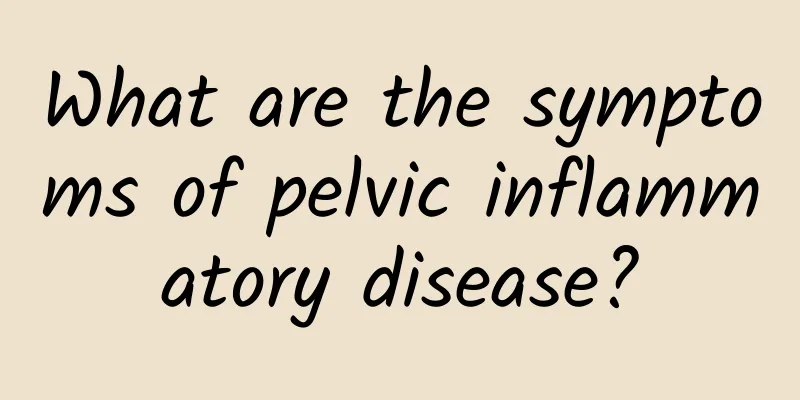Will a threatened miscarriage go away on its own?

|
Threatened abortion refers to a small amount of vaginal bleeding before 28 weeks of pregnancy, followed by paroxysmal lower abdominal pain or back pain. Threatened abortion is not the same as spontaneous abortion. In spontaneous abortion, the embryo or fetus will indeed be expelled from the mother's body without external intervention. But threatened abortion is only a possible sign of abortion, it does not indicate that abortion is inevitable. Through timely medical intervention and proper rest, some pregnant women with threatened abortion can continue their pregnancy. Threatened abortion has various causes, which may be related to embryonic factors, maternal factors, paternal factors and environmental factors. Embryonic chromosomal abnormalities are one of the main causes of abortion, and maternal systemic diseases, endocrine abnormalities, immune dysfunction, etc. may also lead to threatened abortion. Excessive exposure to radiation and chemicals such as arsenic, lead, and formaldehyde may increase the risk of abortion. If you experience symptoms of threatened miscarriage, you should see a doctor immediately for tests to determine the condition of the fetus. The doctor will develop a treatment plan based on the specific situation, which may include medication, rest advice, and lifestyle adjustments. In some cases, if miscarriage is unavoidable, the doctor will also recommend appropriate measures to protect the mother's health. Pregnant women should maintain good living habits during pregnancy, avoid exposure to harmful substances, and undergo regular prenatal examinations to promptly detect and deal with any potential problems. At the same time, maintaining a positive and optimistic attitude also has a certain positive significance in reducing the occurrence of threatened abortion. Threatened abortion does not necessarily lead to spontaneous abortion, but it is a warning signal from the body and needs to be taken seriously. Timely medical intervention and reasonable self-management are essential to protecting the health of mother and baby. |
<<: What are the symptoms of uterine prolapse?
>>: Symptoms of pelvic inflammatory disease and cervicitis
Recommend
Endometrial tuberculosis can cause infertility
If you have endometrial tuberculosis, the biggest...
What should I do if I have uterine fibroids? What is the treatment for uterine fibroids?
Uterine fibroids are one of the most common benig...
Where to treat functional uterine bleeding
Functional uterine bleeding refers to uterine ble...
It’s not your fault that you’re greedy! Your gluttony may be caused by bad intestinal bacteria "dirty fat bacteria"
Traditional Chinese medicine believes that if you...
How to care for pelvic effusion surgery
Pelvic effusion requires surgical treatment, but ...
Are uterine fibroids hereditary?
Can uterine fibroids be inherited? The formation ...
Warning: Dysmenorrhea is harmful if not treated
There are serious harms if dysmenorrhea is not tr...
Can menopause be cured?
There is no cure for menopause. There are two typ...
One deep and one shallow is a sign of menstruation
The change of one dark and one light breast can i...
Is 45 to 55 years old a "critical period" for women? For the sake of health, it is recommended not to do these things
Ladies, do you feel something is wrong with your ...
How to determine whether it is an ectopic pregnancy?
Expert answer: Ectopic pregnancy, also known as e...
What should I do if my period is late?
What should I do if my period is late? Late menst...
What tests should be done for vaginitis?
Vaginitis is a common gynecological disease in cl...
Understand the main manifestations of acute cervicitis
What are the basic symptoms of acute cervicitis? ...
5 kinds of happy foods to help you avoid "blue thin" and "mushrooms"
Whether you are stressed out at work and feel dep...









